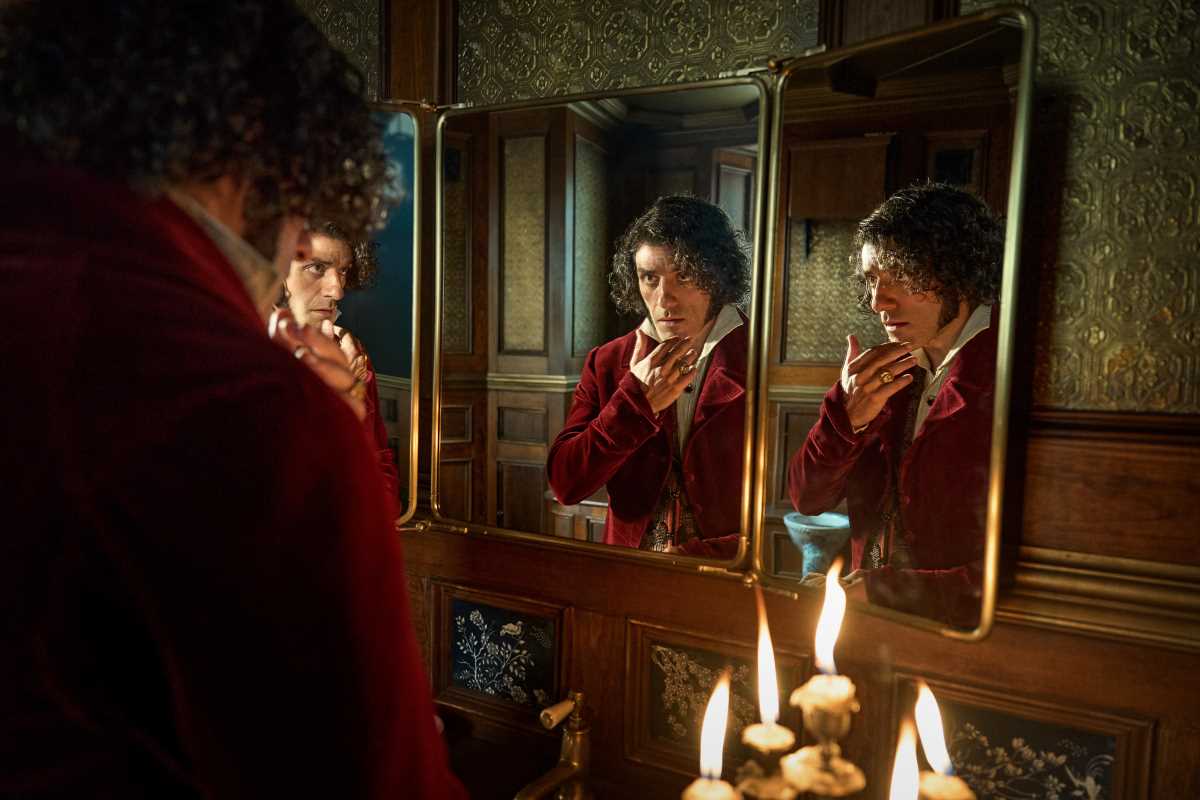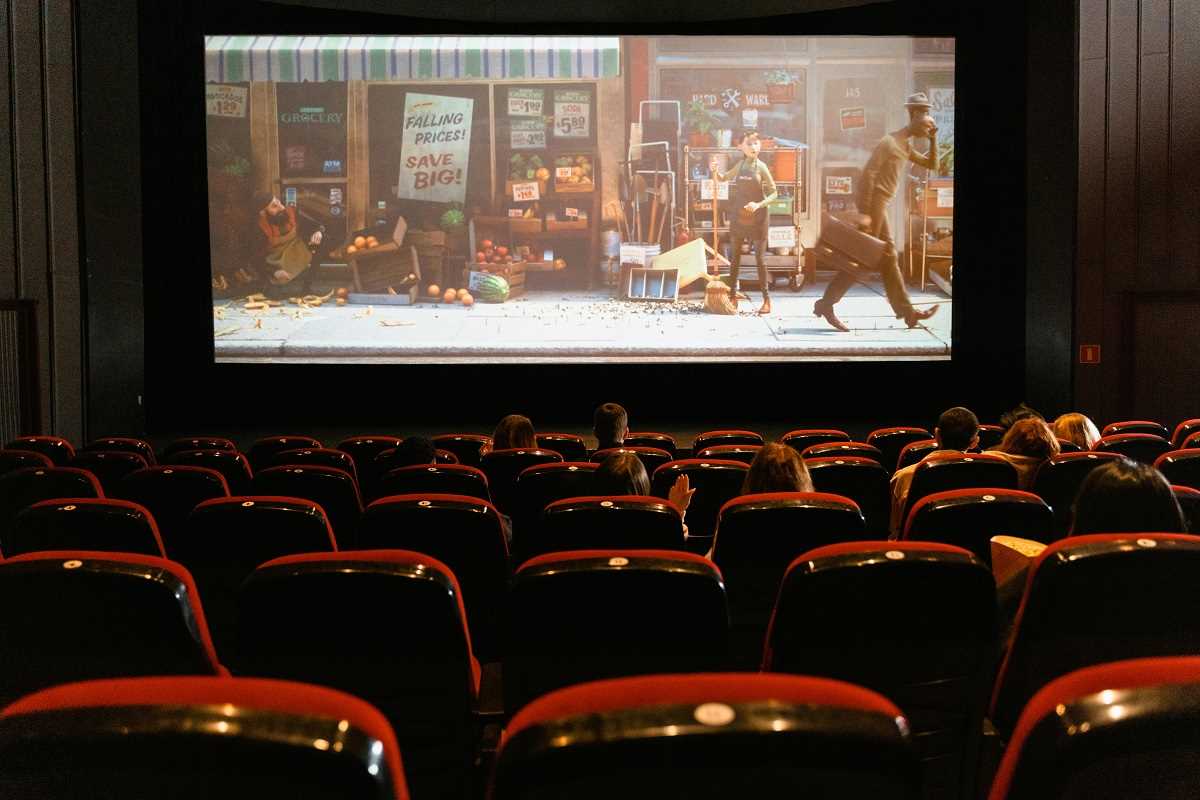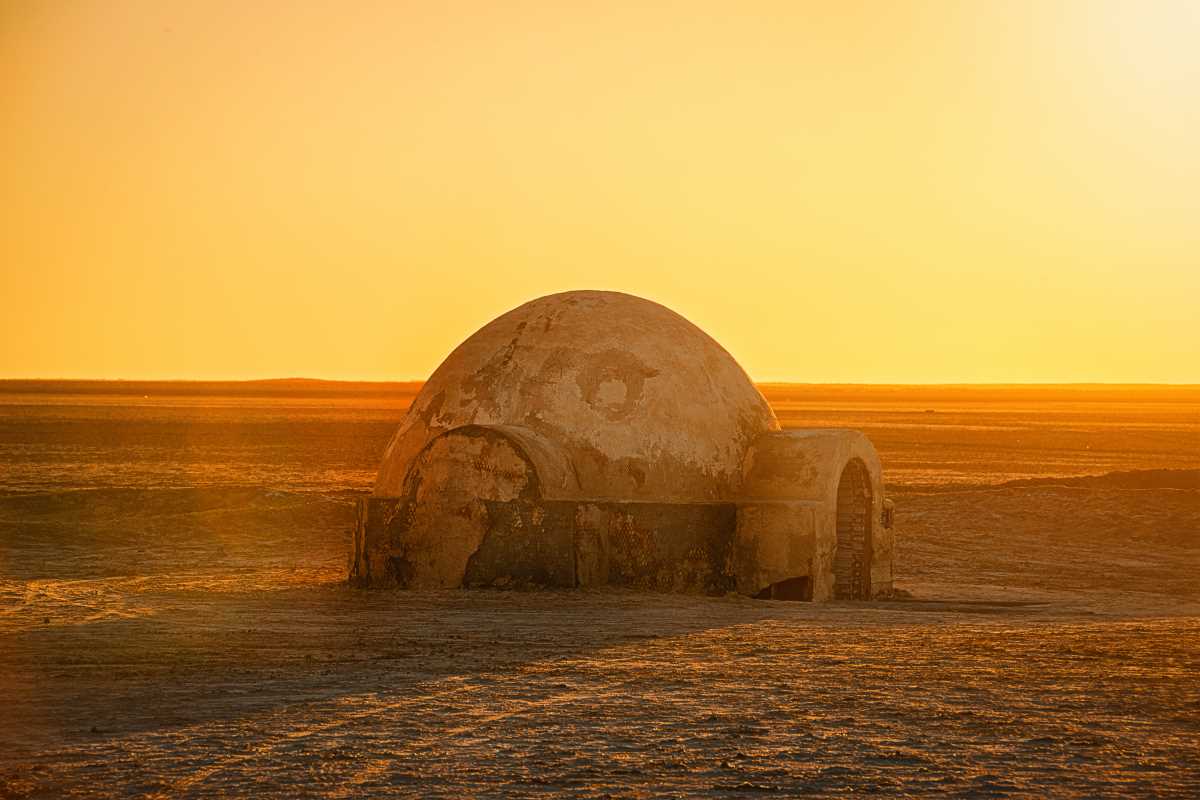Six Flags Magic Mountain, located in Valencia, California, is one of the most iconic amusement parks in the world, attracting millions of visitors each year. Known for its record-breaking roller coasters, thrilling rides, and immersive experiences, Magic Mountain has a rich and colorful history that spans decades. From its humble beginnings to becoming a global entertainment powerhouse, the park's story is filled with fascinating twists, milestones, and transformative moments. In this article, we’ll take a closer look at the history behind Six Flags Magic Mountain and how it evolved into the massive, beloved theme park it is today.
A Bold Vision for a Thrilling Park
The story of Six Flags Magic Mountain begins in the late 1960s when the original vision for the park was conceived. In 1968, the American entrepreneur and theme park visionary, Gene Autry, who was best known for his career as a singing cowboy, saw a golden opportunity to bring a new kind of entertainment to Southern California. Autry, together with a group of investors, began work on a new amusement park that would appeal to thrill-seekers and families alike. This concept would evolve into what would eventually become Magic Mountain.
The park was initially developed by the Newhall Land and Farming Company, which had plans to build a major residential development in the area. In addition to homes, they envisioned an amusement park that could draw visitors and contribute to the local economy. Autry’s vision was ahead of its time, focused on a large, expansive park that would blend roller coasters, attractions, and innovative rides. Six Flags Magic Mountain would be designed with a focus on providing excitement and unique experiences that went beyond traditional amusement parks of the time.
Opening Day 1971
Six Flags Magic Mountain opened its gates on May 29, 1971, marking the beginning of a new era in Southern California’s theme park scene. The park’s debut was a major event, with a grand opening ceremony that drew in thousands of guests. Upon opening, Magic Mountain boasted a mix of family-friendly rides and thrill attractions, but what really set it apart was its roller coasters.
The park’s very first coaster, the “Revolution,” was a groundbreaking ride in the amusement world. Revolution became the first-ever roller coaster to feature a 360-degree vertical loop, an innovation that would set the stage for Magic Mountain to become the “Coaster Capital of the World” in the years to come. The park’s early years were marked by this pioneering spirit - constantly pushing the boundaries of what a theme park could offer.
At this point, Six Flags Magic Mountain was not yet part of the Six Flags brand. Although it was originally owned by the Newhall Land and Farming Company, the park was later acquired by the Six Flags corporation in 1979. This acquisition would serve as the start of a new chapter for Magic Mountain, elevating it to the level of fame and recognition it holds today.
The Six Flags Era of Expansion and Innovation
With Six Flags at the helm, the park began to expand rapidly throughout the 1980s and into the 1990s, continually raising the bar for thrill-seeking visitors. During this period, Magic Mountain earned its reputation as a must-visit destination for roller coaster enthusiasts, adding a series of groundbreaking and intense rides that pushed the limits of engineering and design.
The early ‘80s saw the introduction of several new, innovative attractions, including the “Colossus,” a wooden roller coaster that opened in 1978. Colossus was a massive, 105-foot-tall coaster that became an instant favorite among visitors and held the record for the world’s tallest wooden coaster at the time. This addition solidified Magic Mountain’s status as the go-to park for coaster enthusiasts.
In 1991, Magic Mountain took a major step forward by introducing another milestone ride - the “Viper.” This steel coaster would become one of the park’s most celebrated rides, offering a thrilling ride experience with a series of sharp drops and hair-raising loops. This period of innovation continued as Magic Mountain added more attractions like “Batman: The Ride” (1994) and “Tatsu” (2006), which was one of the world’s tallest and fastest flying coasters at the time. These rides helped establish the park as an industry leader in extreme attractions, earning it a loyal fanbase and a reputation for pushing the envelope in roller coaster design.
In addition to the roller coasters, Six Flags Magic Mountain continued to expand its offerings to include a mix of family-friendly attractions, live shows, and seasonal events, ensuring there was something for everyone. The park’s blend of high-intensity thrills and family entertainment made it a destination for guests of all ages.
The Advent of Themed Lands and Attractions
One of the key elements of Six Flags Magic Mountain’s evolution was the incorporation of themed areas and attractions. While the park initially had a more general layout, as it grew, it began to add distinct zones that created fully immersive experiences for visitors. These themed areas added to the park’s charm and provided more opportunities for creative expression within the park.
In the 1990s and 2000s, Magic Mountain introduced various themed sections, such as the “DC Universe” area, which featured some of the park’s most famous superhero-themed rides, including “Superman: Escape from Krypton” and “Justice League: Battle for Metropolis.” The addition of such iconic IPs helped broaden the park’s appeal to fans of comic books, movies, and pop culture. These themed areas offered a unique storytelling experience, elevating Magic Mountain from just an amusement park to a fully immersive world filled with beloved characters and franchises.
In addition to the DC Universe, Magic Mountain introduced new dining, shopping, and entertainment options to match the themed areas, creating a more complete and cohesive visitor experience. The park’s dedication to storytelling and thematic design continues to be a key component of its appeal, with themed attractions and festivals adding to its ever-evolving identity.
Changing Ownership and Continuing Growth
Over the years, ownership of Six Flags Magic Mountain has changed hands several times, but the park has remained a key player in the Six Flags chain. In the early 2000s, Six Flags underwent a period of financial struggles, which resulted in changes to the management and operations of many of its parks. However, Magic Mountain maintained its standing as one of the premier theme parks in the United States due to its innovative attractions, commitment to thrills, and iconic status.
In recent years, Magic Mountain has continued to grow and innovate, with the addition of new rides and experiences to maintain its appeal to thrill-seekers and families alike. Notable additions include “Twisted Colossus,” a hybrid coaster that debuted in 2015, and “West Coast Racers,” a multi-launch racing coaster that opened in 2019. These additions demonstrate Magic Mountain’s commitment to staying at the forefront of the amusement park industry and continuously offering new experiences to its guests.
The park has also made strides to improve the guest experience with upgraded amenities, dining options, and seasonal events like Fright Fest and Holiday in the Park. Magic Mountain’s ability to evolve with the times while maintaining its legacy as the home of some of the world’s best roller coasters has ensured that it remains one of California’s top entertainment destinations.
A Legacy of Thrills and Innovation
From its humble beginnings to its status as a global leader in amusement parks, Six Flags Magic Mountain has built a legacy that spans more than 50 years. Through groundbreaking innovations, thrilling rides, and an unrelenting focus on pushing the boundaries of theme park entertainment, Magic Mountain has established itself as a must-visit destination for thrill-seekers of all ages.
As the park continues to evolve, it’s clear that its history is just as exciting as the roller coasters that define it. Whether you’re a first-time visitor or a long-time fan, the legacy of Six Flags Magic Mountain is one of adventure, fun, and a never-ending commitment to thrilling its guests with some of the world’s best attractions.
- Six Flags Magic Mountain opened in 1971 and was initially owned by Newhall Land and Farming Company.
- Revolution, the park’s first roller coaster, debuted as the world’s first coaster with a 360-degree loop.
- The park became part of Six Flags in 1979, and its expansion into a coaster haven began soon after.
- Notable rides like Colossus, Batman: The Ride, and Tatsu solidified Magic Mountain’s reputation for thrills.
- The park continues to innovate with new themed areas, attractions, and experiences that engage fans of all ages.
Six Flags Magic Mountain’s rich history is a testament to its ability to adapt, innovate, and thrill visitors for generations. The park’s commitment to providing world-class entertainment and groundbreaking attractions makes it one of the most iconic amusement parks in the world.



.jpeg)



